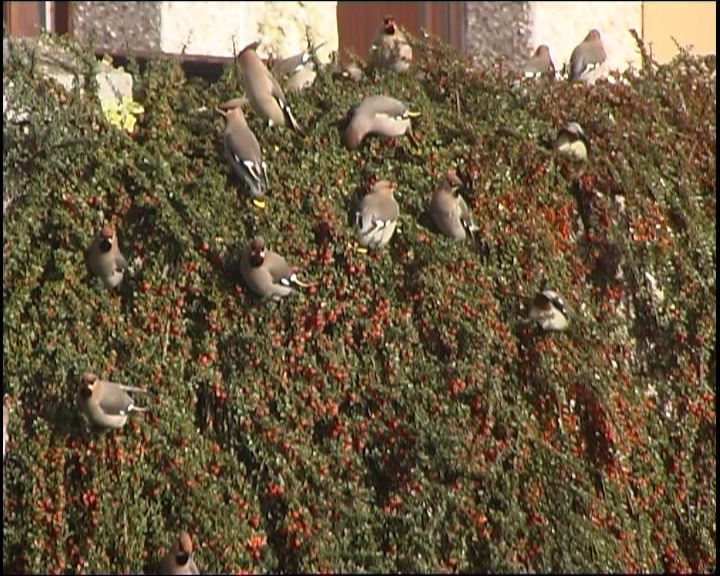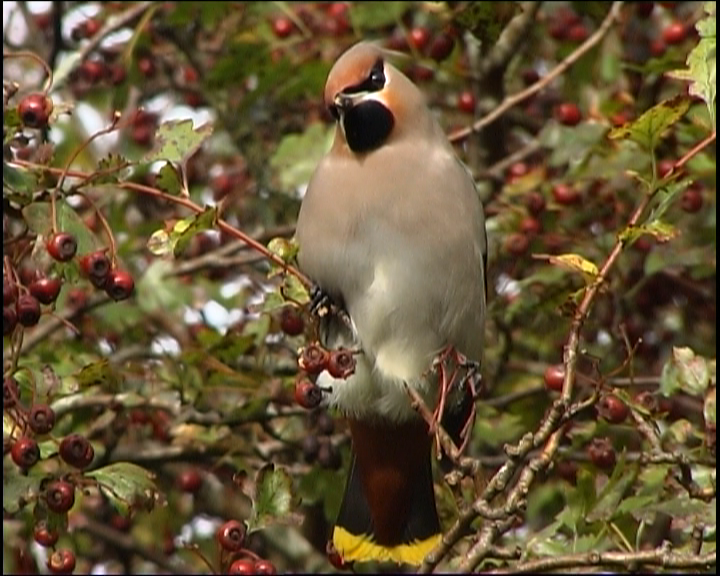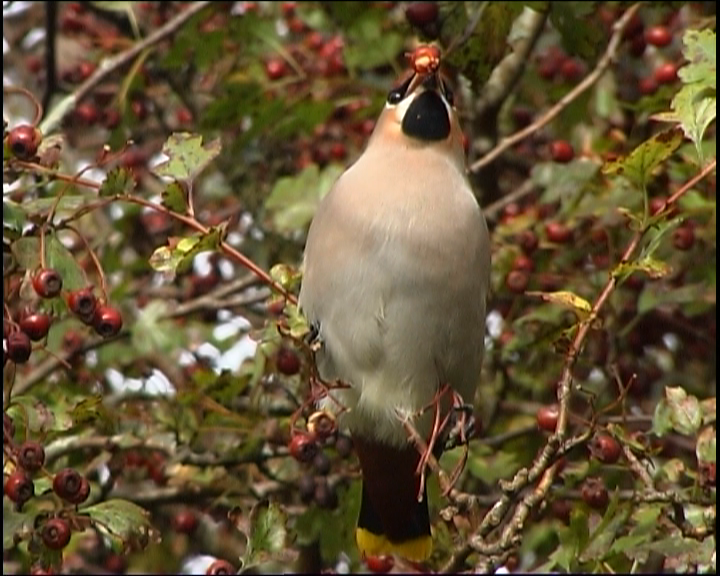Autumn is really upon us now, with the winter now lurking in the wings. The weather has been a mixed bag of late, but on the days where the sun has shone the colours of autumn have been truly magnificent.
A good sign of autumn is the arrival of fieldfares and redwings. I saw flocks of hundreds of fieldfares down in Norfolk earlier in the week and arriving back in Sheldon I was pleased to see they were here again too. Flocks of both fieldfare and redwing have been apparent along Dirtlow road and around the village fields for the last few days.
A poor beech mast and berry crop in Scandinavia often results in large influxes of species such as waxwings and brambling. Already this year reports of these birds have been forthcoming in recent days. Keep your eyes peeled for bramblings on your bird feeders; if you are not famliiar with them, they are similar to a chaffinch, but have a beautiful orange and black plumage, particulary the males. http://www.rspb.org.uk/wildlife/birdguide/name/b/brambling/index.aspx
Waxwings are usually seen feeding on berried trees and bushes and can often be found in supermarket car parks where they forage on the rowan and cotoneaster berries, which seem to be the standard planting regime in these places.The photos below are video grabs of some of the several hundred that had decended on Stornoway back in 2004. They are a remarkably beautiful bird.
BBC’s Autumn Watch has started up again this week on BBC 2 and as always is very interesting, particularly if like to see red deer rutting! Based in Scotland near Inverness there has been some wonderful footage of pine martens, crested tits and beavers to name a few.
I am sure you have heard in the media about the fungus Chalara fraxinea which has been found in East Anglia and other places and threatens the nation’s ash trees. Ash makes up a large component of our tree flora and is particularly prevalent in this area. Identification of the fungus to monitor the spread of this disease is very important. There is a free I-phone application to help track the spread of this disease available here: http://www.ashtag.org/ and Forestry Commission pdf file showing the symptoms of the disease below.
http://goodjob.org.uk/ashtag/Symptoms_guide_Chalara_dieback_of_ash_20121.pdf


